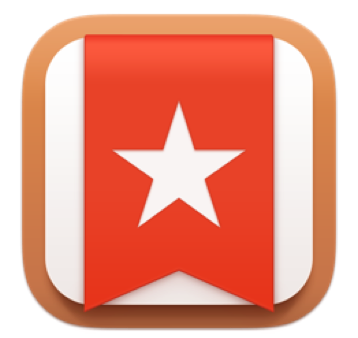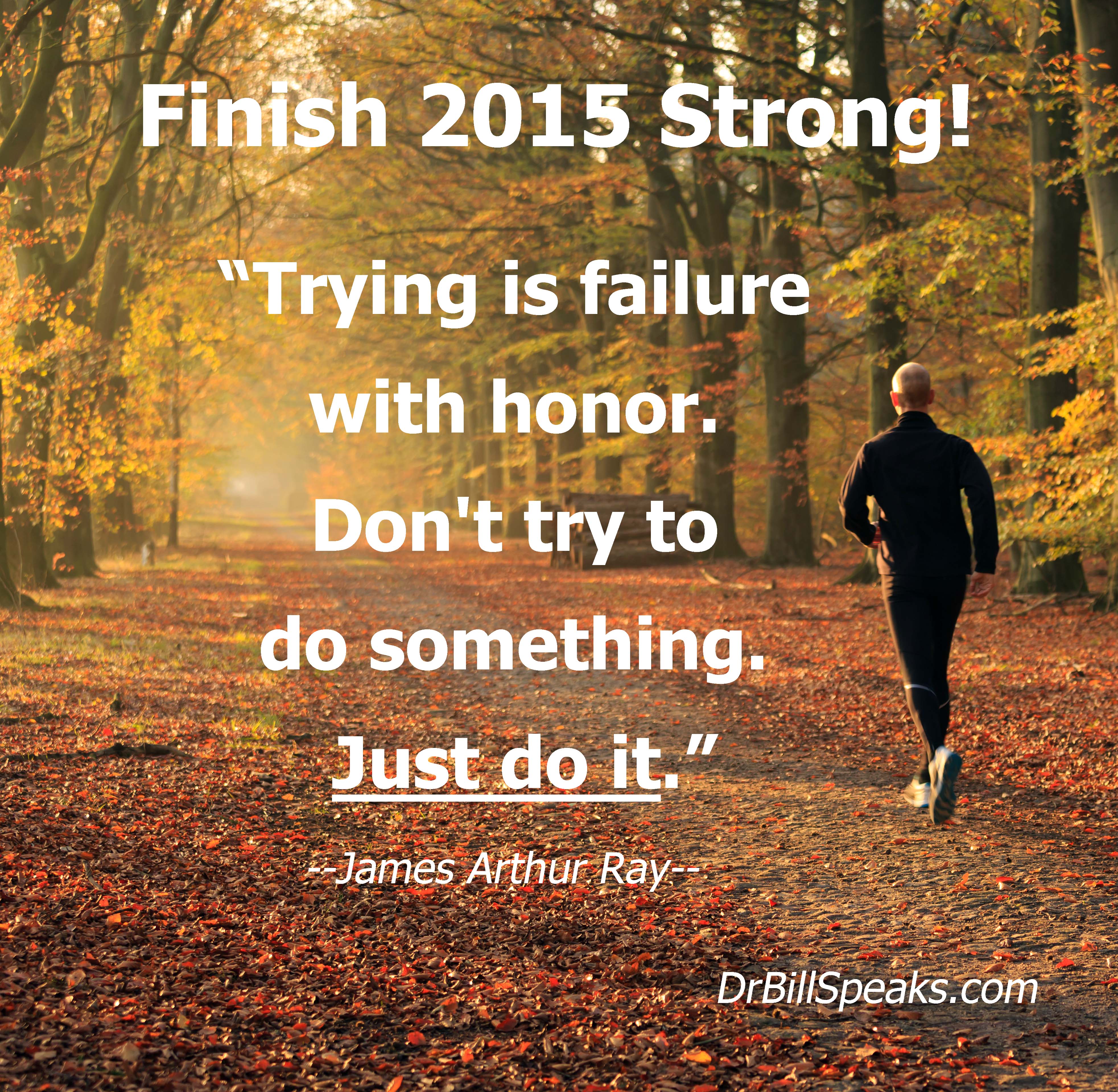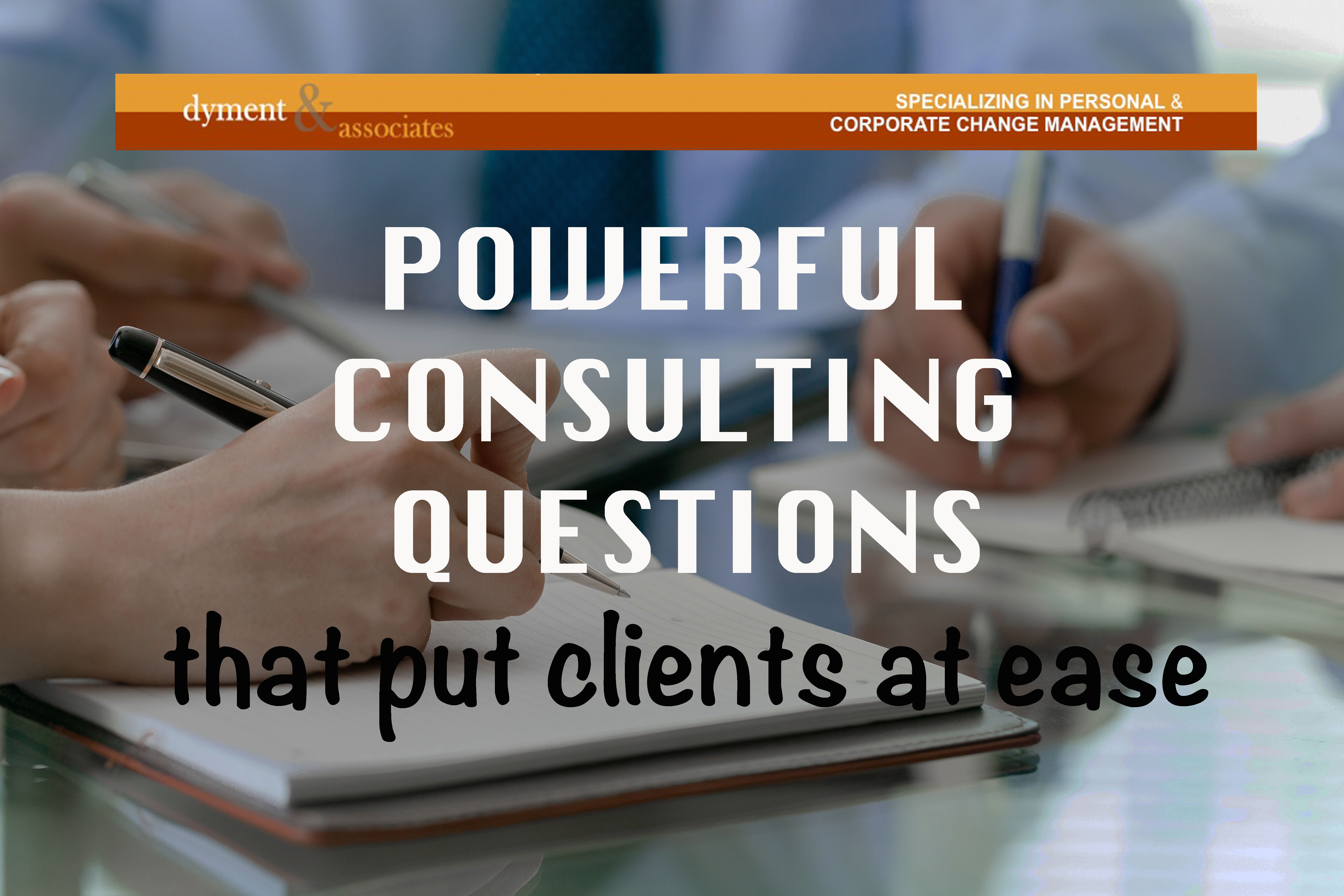Author Archives: Dr. Bill
The Top Five Actions for Rapidly Becoming a Master Influencer in Your Profession or Organization-Part 2
 ACTION #2: Master the Art of the Thank You
ACTION #2: Master the Art of the Thank You
Two years ago I tweeted a direct thank you message to a famous author. I had greatly enjoyed his book and used it with my mastermind group. To my surprise, he responded within an hour. This led to a back and forth conversation by email, then to a phone call, a podcast interview, and ultimately to a visit to his office to have lunch when I was speaking in his state. Today, we are colleagues and connect by phone every so often to stay in touch.
Lest you think the above story is an anomaly, it has actually happens often in my work and has enriched my life in ways that I could not have imagined. When I was just considering the speaking profession, I sent a thank you and inquiry to another author, now enjoying his heavenly reward, Og Mandino. Og wrote back and encouraged me to become a speaker, sharing connections that would change my life. Was his letter impactful? Yes! That was 2,500 seminars ago.
Not only does it feel great to acknowledge those who have served you, thank you notes often have the result of bring the giver and the receiver together. For best results, reach out in ways and in places where your communication has the best chance of not being lost in a sea of other emails or in a pile of unsolicited mail. Here are a few tips:
Click here to continue
The Top Five Actions for Rapidly Becoming a Master Influencer in Your Profession or Organization-Part 1
In this five part series, we look at the actions needed to stand out in today’s crowded marketplace.
ACTION #1: Master the Art of Following Up
Nothing speaks of excellence as much as being a person of your word. How many times have you been promised that you will receive a call back, an email, or referral that never comes? It happens daily for most of us. While it is understandable that “things come up,” and people get distracted and forget, the good new is this means the bar in the marketplace has been set pretty low. You will stand out strongly if you set up rituals and systems to remember.
-
Promise less but always keep your promises.
It not unusual to be asked to do the unreasonable these days. Common requests include invitations to excessive and interminable meetings, and urgent calls for detailed updates and check-ins. Politely refuse them (I do so all the time) and negotiate a workable follow-up alternative on the spot. Explain what you can’t do nicely, then immediately what you can, for example: “I am sorry I won’t be able to make that meeting or prepare that status report by tomorrow, etc., but I can ________.” Need some encouragement in doing so? Greg McKeown’s superb book Essentialism is a must-read for those who worry that they will soon be fired or not seen as a “team player” if they say “no” more often.
Once you have lightened your load, your next step is to follow up on what you have committed to do. Here’s how:
-
Develop a system for never forgetting to follow-up.
Strategy 1: Use an App
Everyone has a different take on the best system, but the point is to have a system for following up. The truth is any system will beat no system, every day!
There are lots of apps to help you stay on top of your follow-up. I use Wunderlist. It’s available for free for your PC or Mac and as an iPhone/Android app.
Whenever I have to remember to follow up with someone, I just drop a note to myself into Wunderlist, right then and there. It has a simple interface, is free, and syncs to my smartphone and all my computers.
Strategy 2. Hold a Weekly Personal Business Meeting.
A Weekly Personal Business Meeting is the name I use for my simple, once-a-week, personal scheduling session. The key is that you not only block out your work tasks but also time on the calendar for personal pursuits. This includes your self-care, e.g., exercise times, doctor’s
Click Here to Continue
Six Months to Transforming Your Career and Personal Life: Hold a Weekly Personal Business Meeting
Like many early risers, popular executive coach, Ron Sharma, considers 5 to 8 a.m. every morning as “prime time or “the Golden Hours” and those who join him members of the esteemed “5 a.m. club.” Others prefer to work what has been coined “the second shift.” They finish their regular work day, grab dinner, then jump on the computer for a couple more, often highly productive, late night hours.
Whether you are a night owl or an early morning riser, the significant take away is not when you do your best work. It is this: The more impact you wish to have in your career and personal life, the more you will need to set aside time for uninterrupted strategizing and planning, as well as activities that are mentally, physically and spiritually restorative. You will also need to use this time to schedule the fourth restorative domain, the only one not accomplished in solitude- maintaining healthy social connections.
In fact, the more you grow into a leader, the more thinking time you will need to carve out to prioritize and strategize.
Here is the leader’s paradox: You cannot be your best alone but great leaders must carve out significant alone time. As Michael Hyatt, productivity and leadership coach, said recently: “If your goals do not require a team, they are not big enough.”
The top business leaders I know all set aside specific time just for thinking. Some get away one day a month, a couple of days a quarter, and all certainly spend time developing yearly goals. But, at the same time, they also all sit down in some fashion weekly to renew, review and strategize their next seven days.
My Biggest Temptation Will Likely Be Yours Too: Taking care of a few items before your meeting
If I take the bait and start my day just “taking care of a few items,” a hot email, a bill, a quick project, before my morning rituals, there is an excellent chance I will miss all or part of this critical start of my day. And, my productivity will be significantly diminished even on days where I am working “non-stop.” I may be busy but am not doing the most strategic tasks.
The One Percent
Over the past six months, in preparation for focusing more on this topic in the new year, I began to informally pole each of my corporate seminar audience members asking the following simple question: How many of you have written goals? On average, just 5% raised their hand. In a group of medical professionals recently, not one hand out of 50 was raised. Although, my sampling may be far from random, the conclusion is clear: If you set written goals, you are instantly putting yourself in a very small minority of your peers. If you hold a WPBM you are certainly in the 1%! The question is, does it matter?
The Verdict
The results are in and they are unequivocal: The days I skip or have insufficient time for my personal planning meeting, I always pay for in terms of lowered productivity. And, nearly all leaders I know who make over half a million a year hold a WPBM in some form- not a bad neighborhood to move into yourself.
How to Host Your Own Weekly Personal Business Meeting (WPBM)
Your weekly meeting can be high tech or low tech. There are any number of goal-setting and tracking systems you can follow. But, like the classic game of Rock-Paper-Scissors, just as Paper always beats Rock and Scissors always beats Paper, meeting once a week with yourself to plan always beats no meeting, and any system you use always beats having no system at all.
Why have a personal business meeting? To ensure that you take care of yourself and maximize your impact in service to others.
Five Questions for a Strong End to 2015
It is often said, the best coaches ask the best questions. This principle works with what has been called self-coaching too. As we turn our attention to year’s end and the holidays, here are five questions to help you refocus and pursue what is most important to you. Grab a coffee and consider answering one question each day over the next few days, alone, or with a loved one or friend.
- YOU WITHOUT FEAR.
Question: If you suddenly woke up and had no fear or anxiety about the usual things that you worry about…
What would you do today? _______________
The rest of the year? ____________________
From this day on? ______________________
Six Benefits of a Mastermind Group
How will your 2015 end?
Is Your Illusive Goal A Paper-Free Desk? These two tips will get you there.
The Goal
A desk completely free of paperwork and folders has been my illusive goal for many years. While the coming of the digital age certainly helped reduce my paper load, there are always time-sensitive, physical files and supportive documents that have to be stored somewhere, at least temporarily. Scanning was a partial solution, but not a complete one.
The Challenges
This year, I finally achieved a bare desk and have kept it that way. In the past, two main hurdles seemed to stand in the way of my quest for a clean workspace:
1. Fear of Forgetting: If I didn’t keep that urgent file on my desk, I sometimes forget to address it. I suffered from the classic disorder, “out of sight, out of mind.”
2. Fear of Losing Time: If I filed the paperwork, even close by, I might not recall exactly where I put it. Each paper-bound project had its own file and in a year’s time I could have hundreds. Even if I filed things alphabetically, if I didn’t remember exactly how I labeled a file or its specific contents, I could waste time looking through scores of files.
The Breakthrough
This year I finally did it. I now maintain a paper-free desk. It is refreshing to arrive at my desk and find nothing on it. What is the payoff? I no longer feel distracted or overwhelmed. And, I can be far more creative and immediately so. Here’s what I did differently:
In The Media: This week Dr. Bill appears in two Forbes Articles on Procrastination
Do you work with a colleague who is perceived as a bit of a flake? Here are two articles on what to do about the appearance of this trait in yourself or a co-worker:
Forbes, Sept. 10, 2015–The Dependability Test: Are you The Office Flake? by Rob Asghar
Forbes, Sept 11, 2015–How to Cultivate “Stick-With-It-Ness” in Yourself and Others by Rob Asghar
Powerful Consulting Questions That Put Prospective Clients at Ease
You have secured that initial meeting- congratulations! There is a good chance you are talking to your next client. In most cases, your host will begin with a discussion of the problem, including a bit or a lot of history. Whether you permit your prospect to take up most or all of the meeting in filling in the back story and “getting you up to speed” is beyond the scope of this article. (Hint: It isn’t a good idea.) We have all been there. That said, there are several powerful questions you can ask in a short time to help demonstrate that they are right in choosing you for the job and add value immediately.
Here are some of my favorite questions I use to get the ball rolling and to build confidence in my prospective client. You don’t need to use all of them but one or two delivered at the right time can do much to seal your working relationship. If you can immediately demonstrate that you can listen well then better describe the nature and scope of the problem than your prospect, it is a logical next step to for them to believe you also can also deliver an effective solution.
Question 1. “What concern(s) haven’t we discussed but I should be asking you about if I was smart or insightful enough?”
This inquiry gets your client thinking deeper and reflects well on your listening and probing skills. It is an excellent technique for one-on-one team member interviews where the initial responses are the safe, “party line” type but there is a more important issue that people may be avoiding.
Question 2. “What outcome would show everyone that we have ‘knocked it out of the park’ (for an event) or completely resolved this issue (for a problem or challenge)?”
This inquiry allows you to agree on the deliverable(s) ahead of time so that it is very obvious to all if things go well. It puts clients at ease knowing that you are just as concerned as they are that the money they will invest in retaining you will be worth it. No one wants to take the fall for wasting money on a useless consultant.
Question 3: “What have you been doing? What could you be doing? And, based on what we talked about so far, what do you think you will do as a first step?”
When delivering this classic multi-part question, allow ample time for reflection and response between each query. This deceptively simple question can be highly effective and, at the same time, underscores that the responsibility for the desired change ultimately lies with the client, not you.
Question 4: “How much has this problem cost you so far? What will it be like in six months if it isn’t resolved?”
This question serves both you and the client well. First it reveals the financial and emotional cost that the challenge has created to date. As a bonus, it gives you a rough sense of what your consulting solution is worth. An organization that has a six-figure problem shouldn’t expect you to be paid hourly or “cry poor.”
The bonus question below addresses the very real possibility that you are not the right fit for your prospect and, at the same time, pushes back “tire kickers” respectfully when you are being manipulated to offer a free hour of consulting or a highly detailed proposal describing your intended intervention to prove you can “deliver the goods.”
Bonus Question. “I am happy to answer more of your questions about my background but it is important for me to determine if we are the right fit. As I take on a certain number of clients each month, it’s essential to see if we would work well together. Agreed? So I would like to ask you a few questions at this point if you don’t mind….”
Don’t be shy about stopping a barrage of questions in mid-volley. Sometimes you will get the clear sense that your prospect is making the rounds with potential consultants trying to see how many free hours of advice he or she can get so the organization can then do the work internally and hire no one. Whenever I hear someone say, “We are currently interviewing a number of potential consultants,” it is time for me to qualify them with a list of questions of my own. This changes the “air in the room immediately” and I cease dancing my hardest to get the job to inviting them to join me on the stage.
Have a great consulting question of your own? Tell us about it.
_________
Dr. Bill Dyment heads Dyment & Associates, a seminar, coaching and counseling firm. Over the past 20 years, he has spoken 2,400 times to 465 organizations assisting top executives and key employees on peak team and self leadership. He is also the co-author of Fire Your Excuses.









